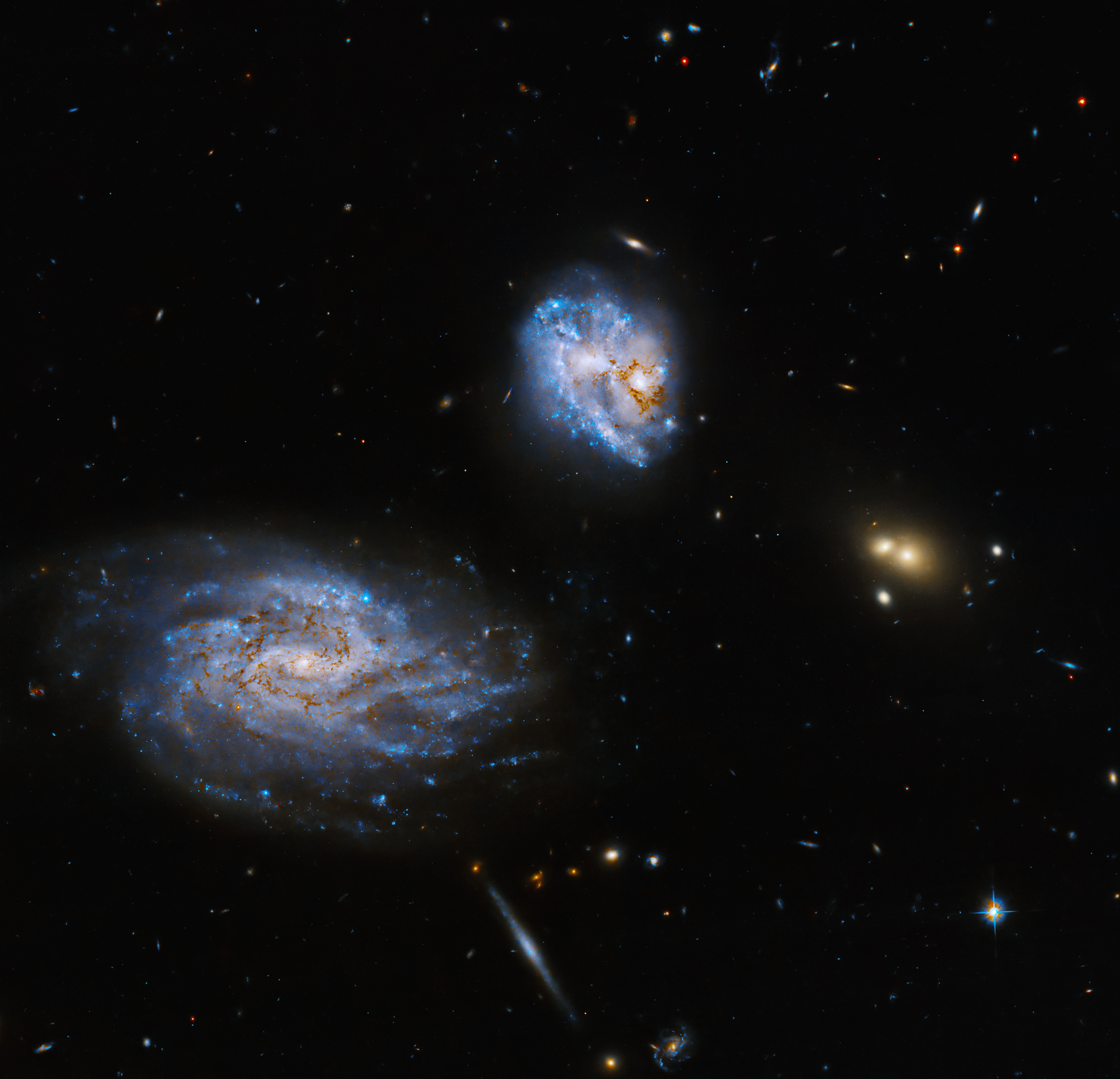2024-01-23 アルゴンヌ国立研究所(ANL)
◆不安定性があるためUV安定性を試験し、太陽電池性能の低下を防ぐ手段を模索。ペロブスカイトの安定性向上が目指され、太陽電池寿命を20-30年に延ばすことが期待される。APSアップグレード後には、より強力なX線でペロブスカイトの特性を詳細に調査できる見通し。
<関連情報>
- https://www.anl.gov/article/argonne-xrays-light-the-way-to-more-stable-solar-cell-materials
- https://www.cell.com/joule/pdf/S2542-4351(23)00323-9.pdf
2次元ハライドペロブスカイトラテラルヘテロ構造における光誘起ハライド再分布 Photo-induced halide redistribution in 2D halide perovskite lateral heterostructures
Yanqi Luo,Shuchen Zhang,Jia-Shiang Chen,… ,Si Chen,Sarah Wieghold,Letian Dou
Joule Published:August 28, 2023
DOI:https://doi.org/10.1016/j.joule.2023.08.003
Highlights
•Dimensionality-dependent photostability in 2D perovskite lateral heterostructures
•The rate of iodine sublimation follows dimensionality monotonically under UV
•Halide vacancies yield the driving force for Br diffusion in 2D perovskites
•Significant structural reconfiguration beyond ion migration
Summary
An improved understanding of the degradation pathways under external stimuli is needed to address stability challenges in two-dimensional (2D) perovskite semiconductor materials. In this study, in situ synchrotron nanoprobe X-ray fluorescence (nano-XRF) is used to investigate the evolution of halide redistribution within various 2D halide perovskite (n = 1–3) lateral heterostructures under ultraviolet (UV) exposure. The results show that iodine (I) experiences a loss in all cases, with the rate of change following the perovskite dimensionality monotonically. In contrast, bromine (Br) is relatively more stable than I in n = 2 and 3 heterostructures, with no significant change in the total Br concentration but a visible amount of Br diffusion to the previously I-rich regime. Combining nano-XRF and X-ray absorption spectroscopy (XAS), we found a reduction of dimensionality in crystals with n > 1 after UV exposure, indicating significant structural reconfiguration beyond ion migration.
Graphical abstract




